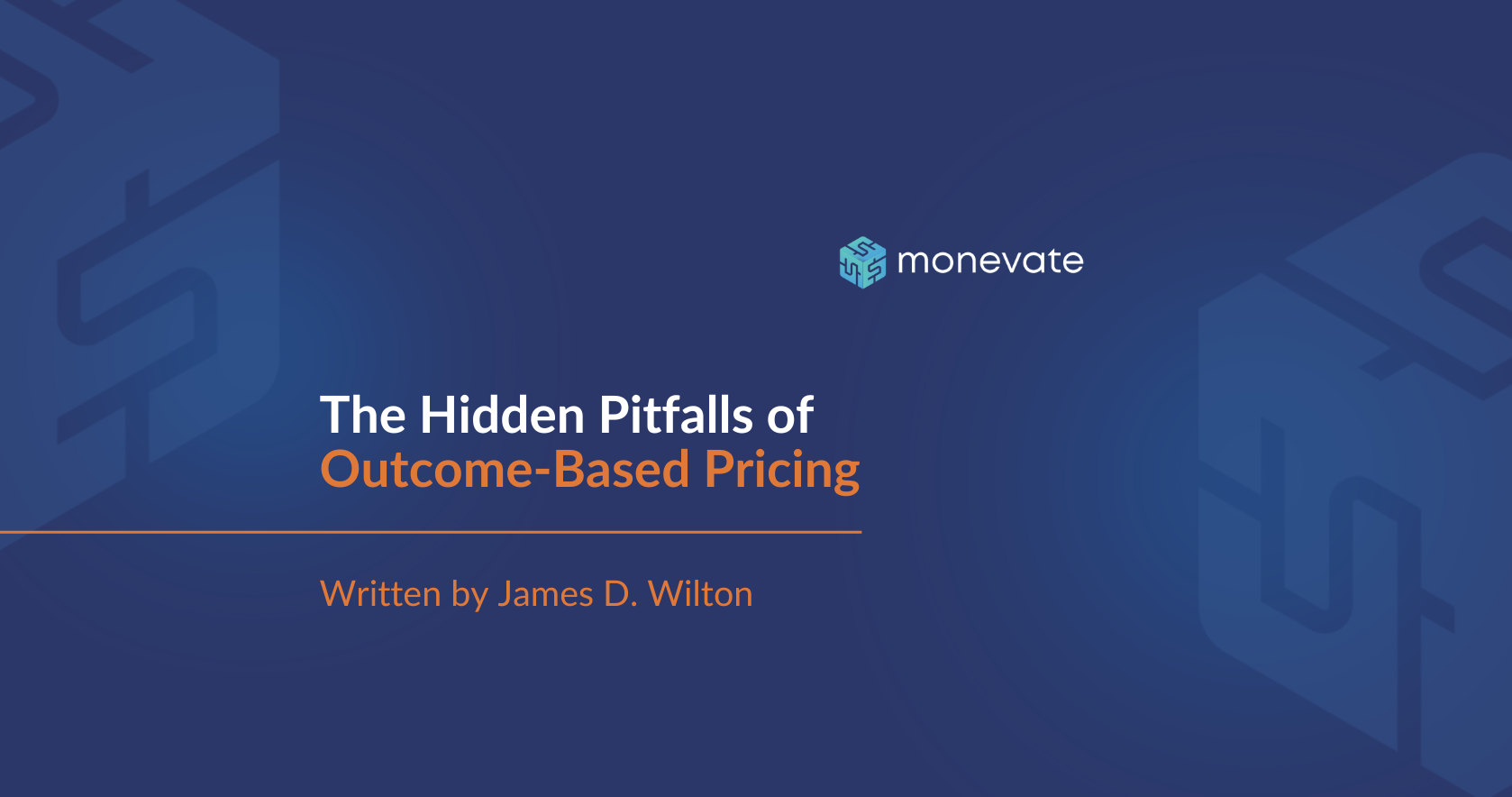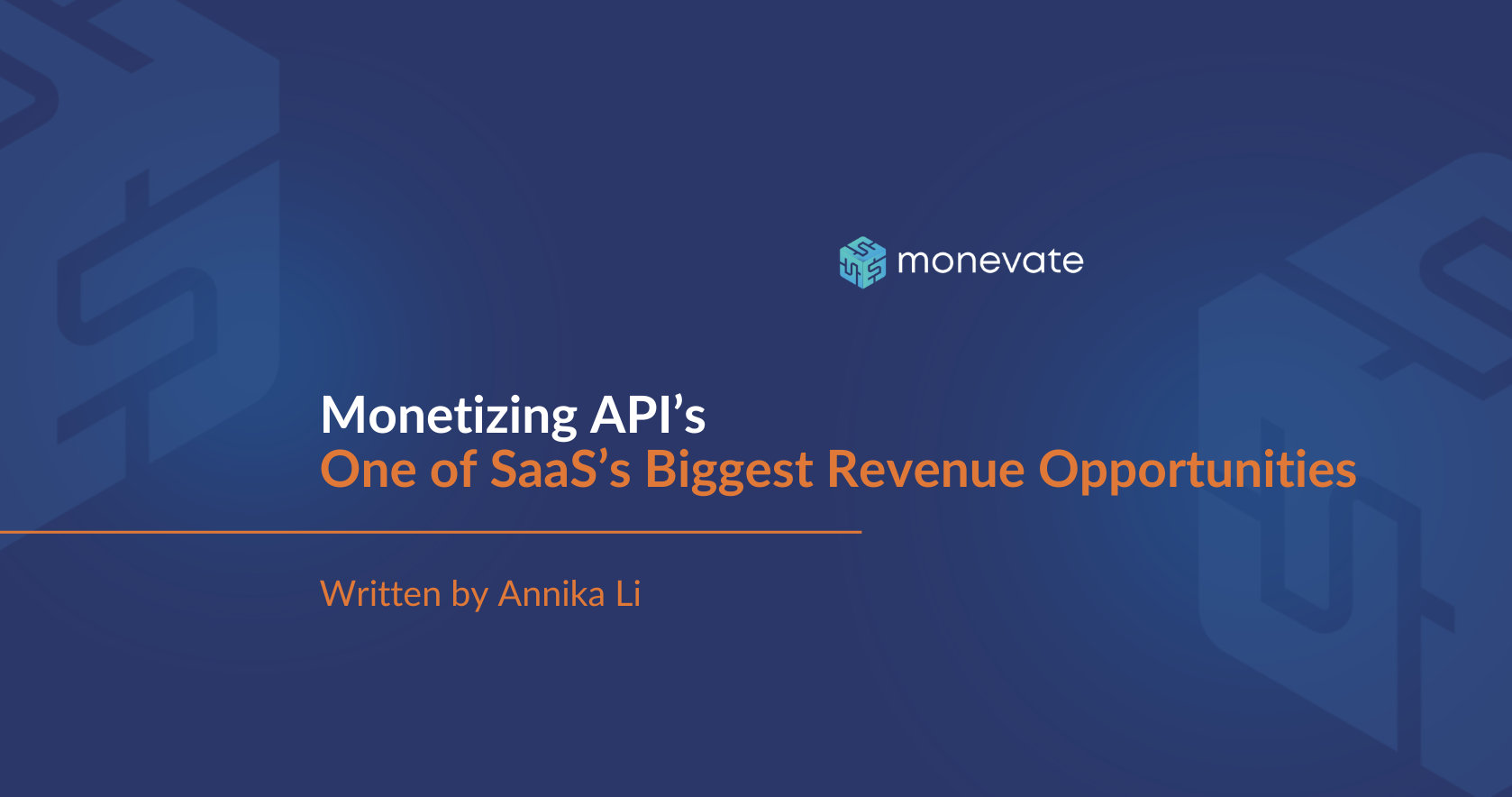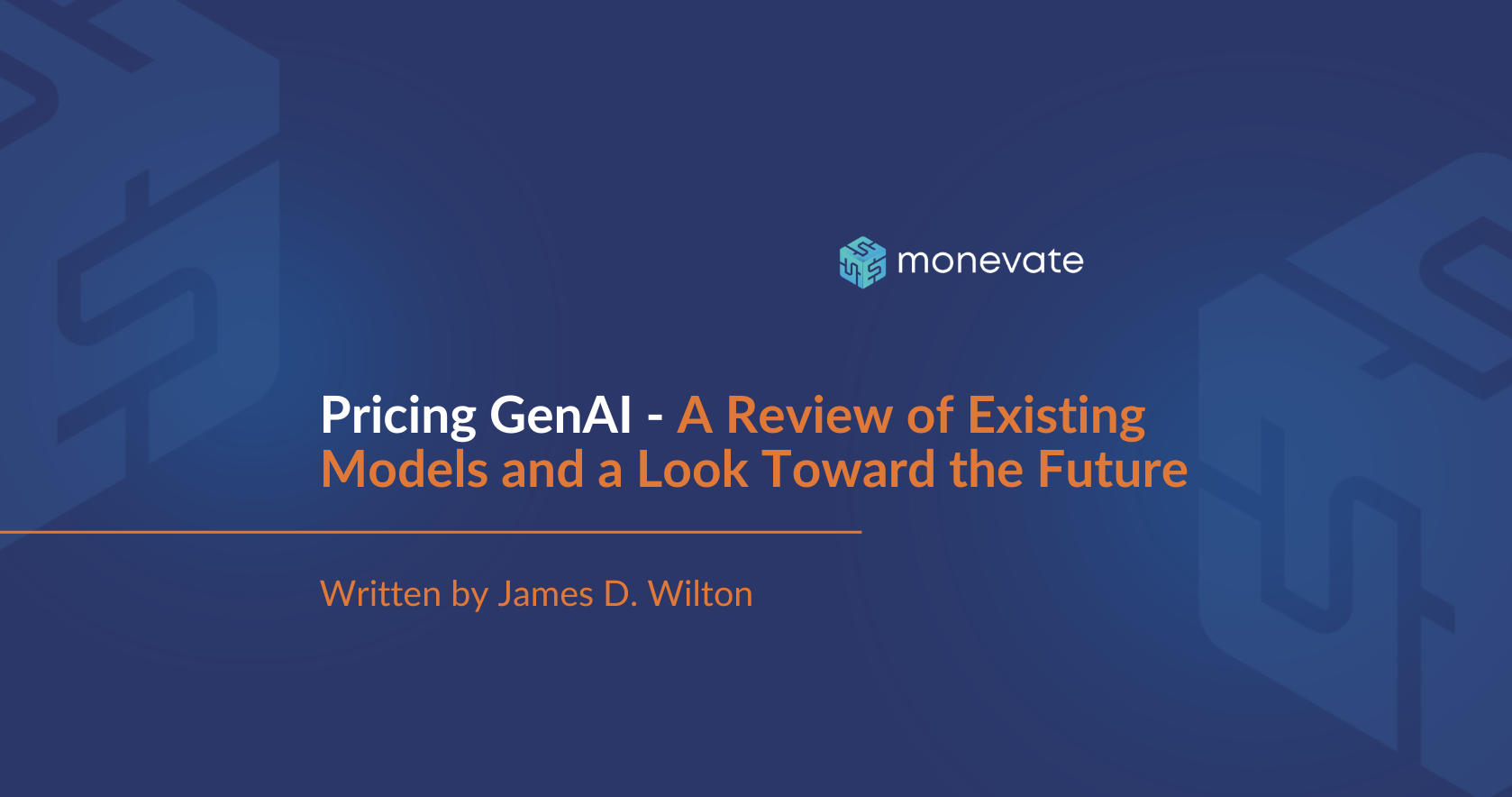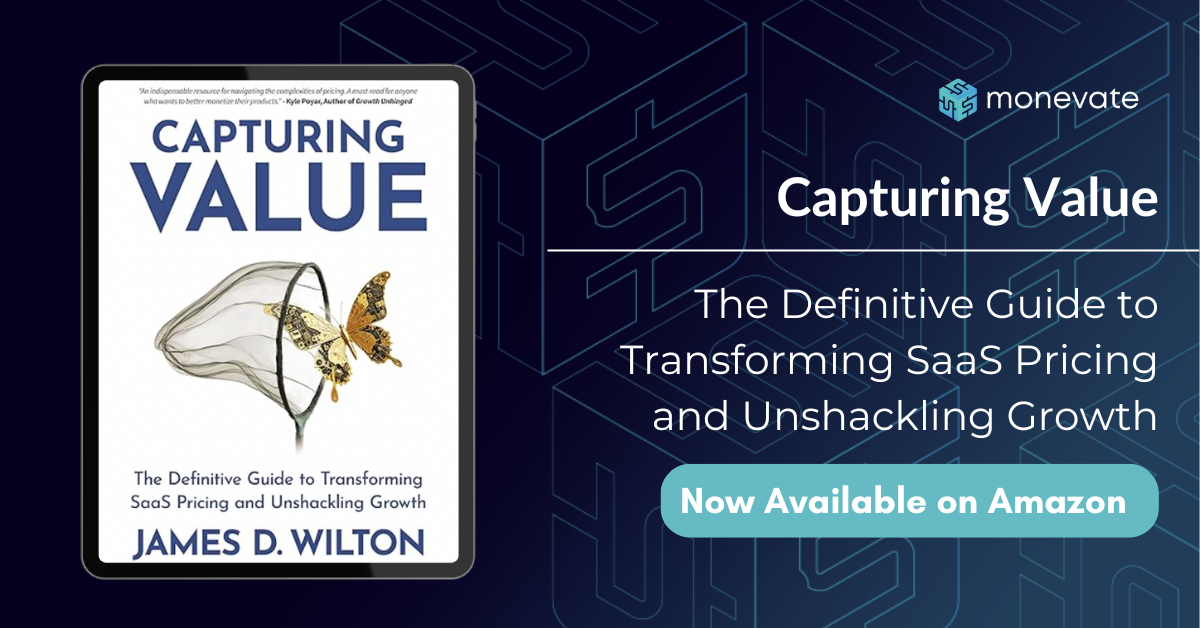How To Avoid Common Packaging Mistakes in Pricing
As the lead of the pricing service line at McKinsey’s startup practice, I advised close to 50 startups over a 3-year period. Many of them, getting to that stage of growth through a pricing approach developed by a Founder’s hunch, who were tackling pricing in a strategic way for the very first time. And for lots of them, they weren’t looking for an earth-shattering, convention-defying radical approach to pricing – they were just trying to understand how not to mess up.
This article kicked off a very popular series on the common pricing mistakes startups and fast-growing companies make and what can be done to avoid them. This first installment focuses on packaging and tiering. And since I’m still seeing all these mistakes being repeated by startups, I hope that you can read this and manage to produce tiers without tears.**
**I apologise. Couldn’t resist.
+++++
Most startups I encounter have moved beyond a monolithic offering, and have adopted a “Good, Better, Best” (GBB) approach – creating several tiers of packages which vary by price level or quality of features. This is great – simple tiering creates price differentiation that performs way better than “one size fits all,” and while there are many other approaches to packaging that can be more suitable to mature companies, GBB is simple and readily accepted by customers, which is perfect for startups. A GBB model when well designed is a highly-effective packaging strategy.
The hitch is that often they are not well designed, and that lessens the potential impact. Over dozens of engagements with startups, we’ve distilled down the most common GBB packaging mistakes we see most frequently into the 4 below:
#1: Too much base: Product leaders love their (admittedly awesome) products, which is great. But the side-effect is not wanting to deprive any of their customers of their best widgets, and that leads to entry-level products that are feature-heavy. When the base is too good, the climb to the next paid tier is one fewer customers will make. The result is that customers who would pay extra for some features are quite happy hanging out on the base version. That means more customers at low price points, fewer upgrades, and less revenue.
#2: Pitching to the middle: A big benefit of a 3-tier GBB approach is that there is a middle option, which is a natural landing point for many buyers. But having a good middle option is different from deliberately making the value propositions of the base and premium versions, so that it becomes the only logical choice. Companies that do this will still benefit from GBB’s ability to speed up a buying decision, but will miss out on profitable lower tier business, and monetizing customers who would have paid more.
#3: The Grand Canyon: As mentioned, one of benefits of GBB is the element of simple choice, which makes a buying decision more likely. But what if one package is $20 with 2 users and the other is $20,000 with 10,000 users? That’s not really a choice. The customer will feel forced into the option that is obviously meant for them. Here you are not getting the benefits of the choice-based system.
#4: Death by 1,000 features: We’ve all seen the familiar “check mark” GBB pricing pages which communicate what to expect in each package. When the few “extra checks” point to important and differentiated features, they can very helpful in the decision journey. However, when the difference between two packages is based on a laundry list of 100 line items, the customer doesn’t know what to look at or focus on. This results in confusion, and can often lead frustration, as buyers feel they’re being asked to pay a premium for a bunch of features they don’t value. This gets worse as the price differences between packages is also high.
But all is not lost! There are 6 steps you can take to avoid these mistakes:
1. Produce an MVP entry package: You should design a base package with enough features to satisfy only the most price sensitive of customers. These customers should be truly happy with this product, but everyone else should want more.
2. Tier by the Key Value Drivers – Identify the few drivers that truly impact value perception among your highest willingness to pay segment, and then build your premium tiers around these features. Everything else is just noise. You can now build clear value stories for higher-tiered packages for your sales and marketing teams.
3. Consider Upsell Triggers: Placing caps on capacity or usage by tiers can drive upsell when the customer’s needs outgrow the current tier. Just make sure that, having crossed these thresholds, customers will likely want the next tier’s features, otherwise they will feel forced to buy things they don’t want.
4. Scale Prices Separately: If you’re a B2B provider, use a price metric to scale the price of each package to the customer (for example, package A may cost $500 to a customer with 500 employees, but $5,000 to a company with 100,000 employees). This adds to your ability to price differentiate across a set of customers with markedly different willingness-to-pay, without limiting choice.
5. Monetize Niche Functionality as Add-Ons: Certain features or functionality will be highly valued by a small portion of customers. If you include these in your tiers, two things will likely happen: 1) you will either under-monetize them, or 2) create friction in the buying process for these customers who want the premium tiers, but don’t value these features. Break them out separately as add-ons so they can be purchased by just the customers who value them.
6. Link Tiers to Value: Remember – for many buyers, low-priced offerings signal poor product quality. It’s key to price each tier at the appropriate level for the value the customer receives.
Of course, the devil is in the details and it’s always helpful to seek guidance before embarking on any large transformation. If you want a deeper dive into any of the insights above or to speak to an expert, drop us a note here.
Click here for the full article on the Fuel by McKinsey website.














